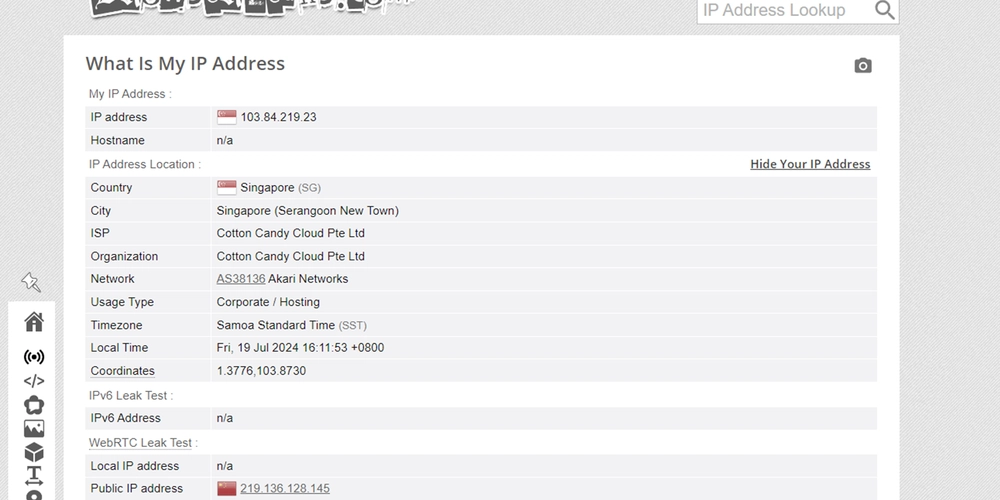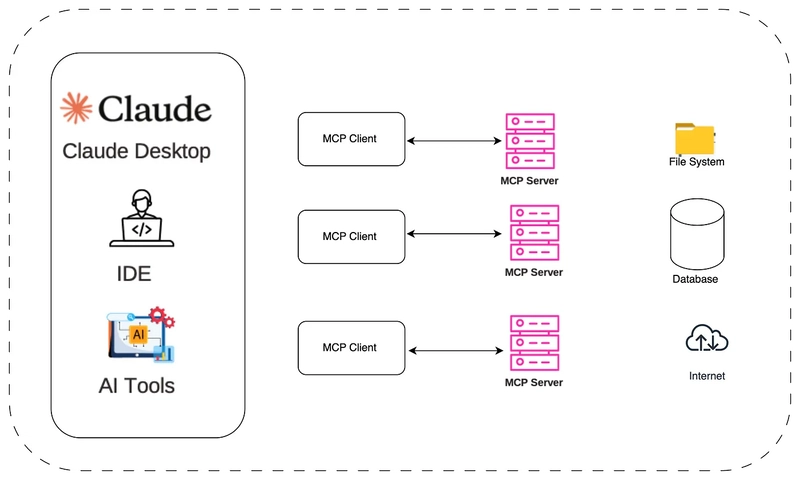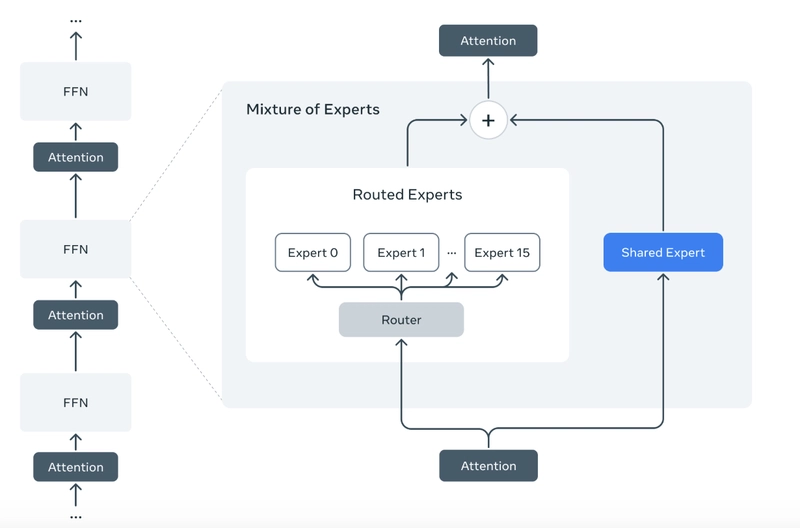Pixelscan Technology: Unveiling the Quantum Intricacies of Digital Identity and Security
In the rapidly evolving landscape of digital security, Pixelscan Technology emerges as a pioneering force, redefining the boundaries of device identification and fraud prevention. This groundbreaking technology operates at the intersection of advanced data analytics, quantum mechanics, and digital metaphysics, offering a profound and nuanced understanding of the digital identity landscape. At its core, Pixelscan is designed to transcend the limitations of traditional device fingerprinting by leveraging the principles of quantum mechanics. Unlike conventional methods that rely on static data points, Pixelscan delves into the dynamic and probabilistic nature of digital interactions, capturing the elusive essence of a device's digital presence. This approach not only enhances the accuracy and reliability of device identification but also provides a deeper insight into the complex interplay between hardware, software, and user behavior. The Quantum Leap in Device Fingerprinting The revolutionary aspect of Pixelscan Technology lies in its application of quantum principles to the field of device fingerprinting. By analyzing the quantum states and temporal fluctuations of a device's components, Pixelscan creates a multi-dimensional profile that is both unique and dynamic. This profile is not a static fingerprint but a living entity, constantly evolving in response to changes in the device's environment and usage patterns. This quantum approach allows Pixelscan to detect subtle variations and anomalies that would be imperceptible to traditional methods. It can identify devices with a high degree of precision, even in the face of attempts to obfuscate or alter their digital signatures. This capability is crucial in the fight against multi-accounting and substitutions, where the ability to accurately distinguish between legitimate and fraudulent activities is paramount. Enhancing Security and Fraud Detection The implementation of Pixelscan Rebrowser Technology significantly enhances the security and integrity of online platforms. By providing a comprehensive and real-time analysis of user devices, Pixelscan enables organizations to detect and prevent fraudulent activities with unprecedented accuracy. Its ability to create dynamic and probabilistic profiles allows for the identification of suspicious patterns and behaviors, facilitating proactive measures to mitigate risks. Moreover, Pixelscan can be integrated with other security measures, such as machine learning algorithms and behavioral analytics, to create a robust and adaptive security framework. This integration enhances the overall effectiveness of fraud detection systems, ensuring that organizations can stay ahead of emerging threats and adapt to new challenges in the digital landscape. The Ethical and Privacy Considerations While Pixelscan Technology offers significant advantages in terms of security and fraud prevention, it also raises important ethical and privacy considerations. The dynamic and probabilistic nature of Pixelscan profiles necessitates a careful balance between the need for security and the protection of user privacy. Organizations must ensure that the data collected and analyzed by Pixelscan is used responsibly and transparently, with clear guidelines and safeguards in place to protect user rights. The challenge lies in developing policies and practices that respect user autonomy while leveraging the capabilities of Pixelscan to enhance security. This requires ongoing dialogue and collaboration between technologists, policymakers, and users to find solutions that balance the benefits of the technology with the potential risks and ethical implications. Conclusion: Embracing the Future of Digital Security In conclusion, Pixelscan Technology represents a significant advancement in the field of digital security, offering a sophisticated and nuanced approach to device identification and fraud prevention. By embracing the principles of quantum mechanics and digital metaphysics, Pixelscan provides a powerful tool for organizations seeking to protect their platforms and users from the threats of multi-accounting and substitutions. As we navigate the complexities of the digital age, Pixelscan serves as a reminder of the potential and the challenges that lie ahead. It invites us to rethink our approach to security and privacy, encouraging a more holistic and integrated approach that respects the dynamic and evolving nature of digital identity. In embracing Pixelscan, we take a bold step into the future of digital security, one that promises to be both challenging and rewarding.

In the rapidly evolving landscape of digital security, Pixelscan Technology emerges as a pioneering force, redefining the boundaries of device identification and fraud prevention. This groundbreaking technology operates at the intersection of advanced data analytics, quantum mechanics, and digital metaphysics, offering a profound and nuanced understanding of the digital identity landscape.
At its core, Pixelscan is designed to transcend the limitations of traditional device fingerprinting by leveraging the principles of quantum mechanics. Unlike conventional methods that rely on static data points, Pixelscan delves into the dynamic and probabilistic nature of digital interactions, capturing the elusive essence of a device's digital presence. This approach not only enhances the accuracy and reliability of device identification but also provides a deeper insight into the complex interplay between hardware, software, and user behavior.
The Quantum Leap in Device Fingerprinting
The revolutionary aspect of Pixelscan Technology lies in its application of quantum principles to the field of device fingerprinting. By analyzing the quantum states and temporal fluctuations of a device's components, Pixelscan creates a multi-dimensional profile that is both unique and dynamic. This profile is not a static fingerprint but a living entity, constantly evolving in response to changes in the device's environment and usage patterns.
This quantum approach allows Pixelscan to detect subtle variations and anomalies that would be imperceptible to traditional methods. It can identify devices with a high degree of precision, even in the face of attempts to obfuscate or alter their digital signatures. This capability is crucial in the fight against multi-accounting and substitutions, where the ability to accurately distinguish between legitimate and fraudulent activities is paramount.
Enhancing Security and Fraud Detection
The implementation of Pixelscan Rebrowser Technology significantly enhances the security and integrity of online platforms. By providing a comprehensive and real-time analysis of user devices, Pixelscan enables organizations to detect and prevent fraudulent activities with unprecedented accuracy. Its ability to create dynamic and probabilistic profiles allows for the identification of suspicious patterns and behaviors, facilitating proactive measures to mitigate risks.
Moreover, Pixelscan can be integrated with other security measures, such as machine learning algorithms and behavioral analytics, to create a robust and adaptive security framework. This integration enhances the overall effectiveness of fraud detection systems, ensuring that organizations can stay ahead of emerging threats and adapt to new challenges in the digital landscape.
The Ethical and Privacy Considerations
While Pixelscan Technology offers significant advantages in terms of security and fraud prevention, it also raises important ethical and privacy considerations. The dynamic and probabilistic nature of Pixelscan profiles necessitates a careful balance between the need for security and the protection of user privacy. Organizations must ensure that the data collected and analyzed by Pixelscan is used responsibly and transparently, with clear guidelines and safeguards in place to protect user rights.
The challenge lies in developing policies and practices that respect user autonomy while leveraging the capabilities of Pixelscan to enhance security. This requires ongoing dialogue and collaboration between technologists, policymakers, and users to find solutions that balance the benefits of the technology with the potential risks and ethical implications.
Conclusion: Embracing the Future of Digital Security
In conclusion, Pixelscan Technology represents a significant advancement in the field of digital security, offering a sophisticated and nuanced approach to device identification and fraud prevention. By embracing the principles of quantum mechanics and digital metaphysics, Pixelscan provides a powerful tool for organizations seeking to protect their platforms and users from the threats of multi-accounting and substitutions.
As we navigate the complexities of the digital age, Pixelscan serves as a reminder of the potential and the challenges that lie ahead. It invites us to rethink our approach to security and privacy, encouraging a more holistic and integrated approach that respects the dynamic and evolving nature of digital identity. In embracing Pixelscan, we take a bold step into the future of digital security, one that promises to be both challenging and rewarding.









































































































































































![[The AI Show Episode 142]: ChatGPT’s New Image Generator, Studio Ghibli Craze and Backlash, Gemini 2.5, OpenAI Academy, 4o Updates, Vibe Marketing & xAI Acquires X](https://www.marketingaiinstitute.com/hubfs/ep%20142%20cover.png)


























































































































![[FREE EBOOKS] The Kubernetes Bible, The Ultimate Linux Shell Scripting Guide & Four More Best Selling Titles](https://www.javacodegeeks.com/wp-content/uploads/2012/12/jcg-logo.jpg)



![From drop-out to software architect with Jason Lengstorf [Podcast #167]](https://cdn.hashnode.com/res/hashnode/image/upload/v1743796461357/f3d19cd7-e6f5-4d7c-8bfc-eb974bc8da68.png?#)







































































































.png?#)




.jpg?#)
































_Christophe_Coat_Alamy.jpg?#)
 (1).webp?#)








































































































![Rapidus in Talks With Apple as It Accelerates Toward 2nm Chip Production [Report]](https://www.iclarified.com/images/news/96937/96937/96937-640.jpg)







































































































































